Photo credits: Fisk University Library Special Collections
Alrutheus A. Taylor (a historian and teacher) was born on November 22, 1893, and educated from K-12 in Washington, D.C.
Taylor (pictured) graduated from the University of Michigan with a B.A. in 1916 and went on to teach at Tuskegee Institute (now Tuskegee University) in Tuskegee, Alabama, and West Virginia Collegiate Institute (now West Virginia State College) in Institute, West Virginia. In 1922, Carter G. Woodson asked this competent young historian to return to Washington, D.C., to serve as a research associate for the Association for the Study of Negro Life and History (ASNLH).
With the assistance of a grant from the Laura Spelman Rockefeller Memorial Fund, Taylor began researching the status of African Americans in the South during Reconstruction.
Taylor’s objective was straightforward: he believed that the mainstream view of Reconstruction in the United States at the time was fatally flawed. Despite the fact that the majority of the work on which that viewpoint was founded was conducted at Johns Hopkins University and Columbia University and then published by their respective university presses, Taylor believed the authors failed to meet “the requirement of modern historiography” and instead “wrote to demonstrate that the Negro is incapable of participating in government and to justify the methods of intimidation used to overthrow the reconstruction government.”
A book titled “The Negro in South Carolina” was written by Taylor — to begin balancing the selective and self-interested perspectives expressed in the so-called Dunning School of Reconstruction monographs during Reconstruction. Due to the refusal of major university presses to print such material, the book was initially serialized in the Journal of Negro History (JNH) and then published independently in 1924 under the ASNLH brand.
Taylor’s work relied on sources previously disregarded by white authors, including diaries, letters, church reports, school reports, census documents, agricultural records, economic statistics, local society meetings, petitions, African American periodicals, and foreign visitor’s stories. Thus, he was able to dispel the negative stereotypes that had dominated past writing and provide a more nuanced picture of the African American experience after the Civil War.
He followed it with “The Negro in Virginia Reconstruction,” which appeared in the JNH before being taken up by the ASNLH in 1926. He was employed as a history professor at Fisk University in Nashville, Tennessee, the following year, and remained there for the duration of his career. He earned a Ph.D. from Harvard in 1935 and published The Negro in Tennessee, 1865-1880 in 1941, the third installment of his Reconstruction trilogy. At the time of his 1955 death, Taylor was completing a comprehensive summary that highlighted the history of Fisk.
This institution was a significant legacy of African Americans during the Reconstruction period, which Taylor desired to bring to the attention of the academic community (Mohr, 2007).
Reference: Mohr, J. (2007, February 12). Alrutheus Ambush Taylor (1893-1955). BlackPast.org. https://www.blackpast.org/african-american-history/taylor-alrutheus-ambush-1893-1955/






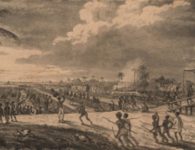

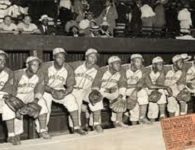






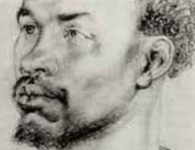
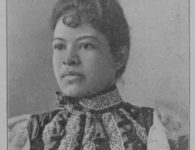
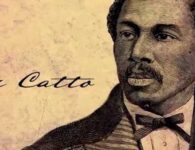


No comments